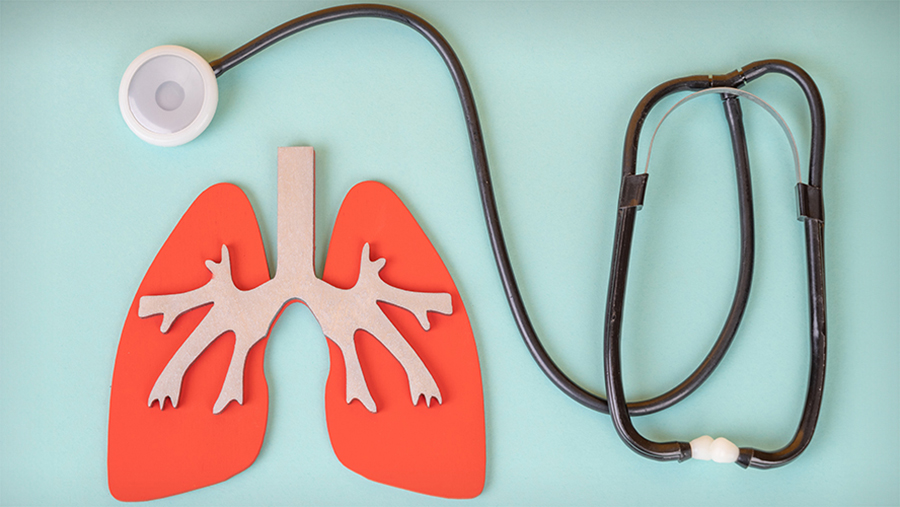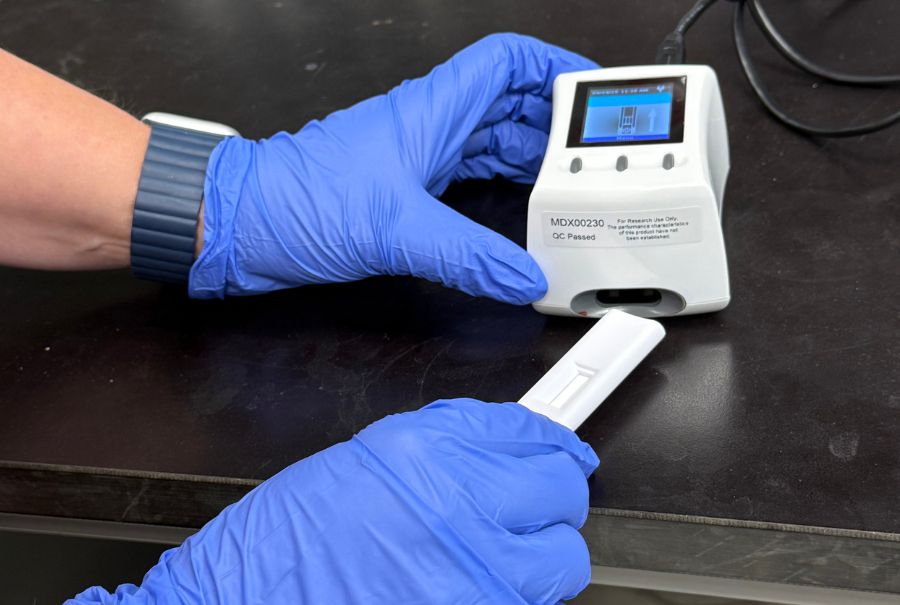
The current tools used to predict which children with pneumonia might become seriously ill or face life-threatening situations are not always reliable or objective.
Scientists at UHN’s Toronto General Hospital Research Institute (TGHRI) have uncovered a potential way to identify children at risk of severe and fatal pneumonia.
“Pneumonia is one of the top causes of death in children, leading to over 700,000 deaths each year worldwide,” says Dr. Kevin Kain, Senior Scientist at TGHRI and co-senior author of the study.
“This high mortality rate is even worse in low-resource environments, where other risk factors like malnourishment, coexisting infections such as human immunodeficiency virus (HIV), overcrowding, lack of immunization or vaccine availability and indoor air pollution also exist,” says Dr. Kain, who is also a professor in the Department of Medicine at the University of Toronto.
Currently, it is hard to reliably identify children with pneumonia who are at risk of a severe or life-threatening episode using existing tools. Scientists have recently started studying a protein called heparin-binding protein (HBP) as a possible marker to identify severe pneumonia and sepsis, but there is still not enough information about how reliable it is.
HBP is a protein that the immune system releases in response to infection. Research suggests that HBP might be involved in causing the lungs to fill with fluid during pneumonia. However, no previous studies have evaluated the potential for HBP to predict in-hospital mortality in children presenting with pneumonia.
“We sought to determine whether HBP measured at presentation to hospital could help identify Ugandan children at risk of a fatal outcome and improve the accuracy of medical assessments that determine which children need urgent care,” says Dr. Hridesh Mishra, a postdoctoral researcher in Dr. Kain’s lab and first author of the study. “To achieve this, we studied 778 Ugandan children under five years old who were diagnosed with pneumonia.”

The study found that in patients with respiratory distress, the HBP concentration increased with increasing disease severity. In addition, children with higher HBP levels at admission were more likely to have fatal outcomes compared to those with lower levels. Specifically, children with HBP levels above 41 ng/mL were over five times more likely to have fatal outcomes compared to those with lower levels.
The team also used a method called ROC curve analysis to determine if including HBP measurements could improve existing clinical scores — like the RISC (Respiratory Index of Severity in Children) score —in predicting which children with pneumonia are at risk of fatal outcomes.
The ROC curve is a tool used to evaluate how accurately a test or model can distinguish between different outcomes, such as survival versus fatality.
“For children with pneumonia, a higher RISC score indicates a greater need for immediate medical attention,” adds Dr. Mishra. “In our study, the RISC score alone was already effective at predicting the risk of death.
“However, combining it with HBP measurements made it even more accurate.”
The results of this study suggest that HBP measurements may help save lives by identifying those who need more intensive care.
This study was supported by generous donors to UHN Foundation.

No one ever changed the world on their own but when the bright minds at UHN work together with donors we can redefine the world of health care together.


